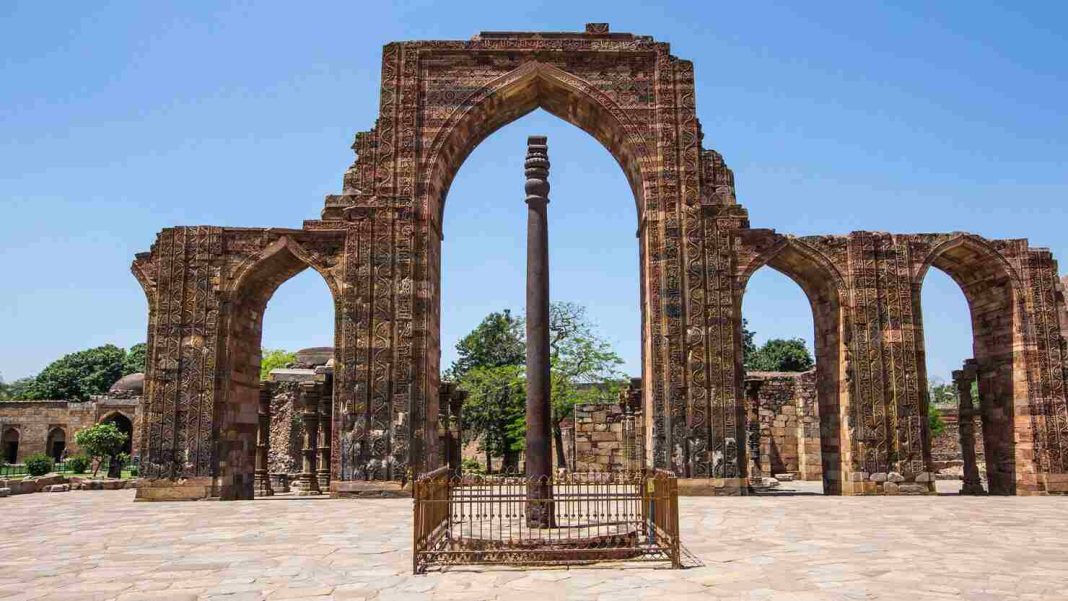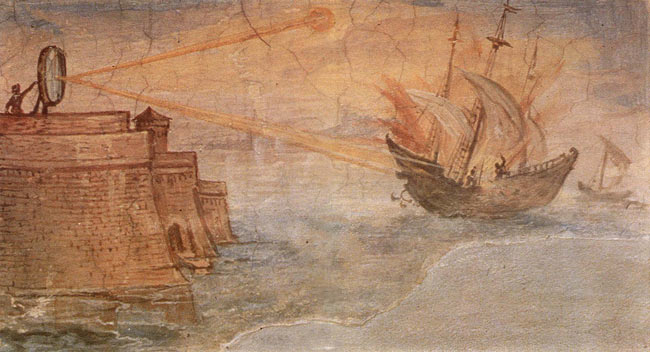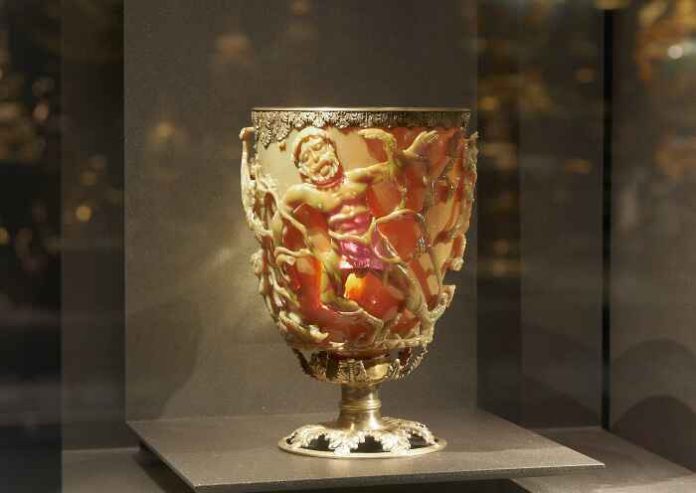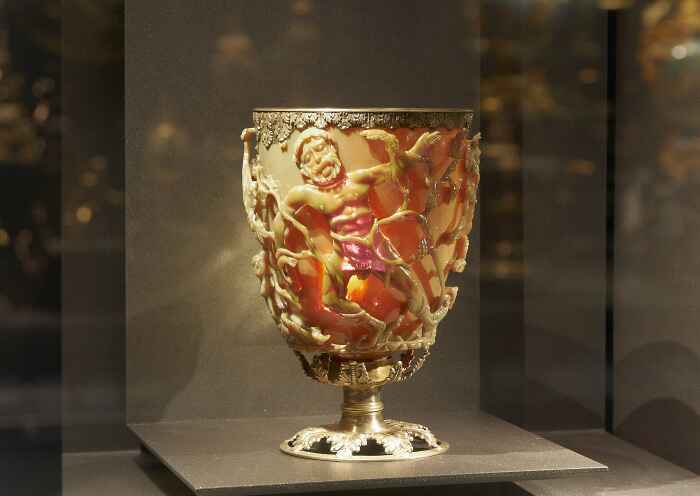Nestled within the historic Qutub Minar complex, the Iron Pillar of Delhi stands as a testament to ancient India’s metallurgical prowess. This pillar, which has baffled scientists and historians alike, is a marvel not just for its age and craftsmanship but for its remarkable resistance to rust. In this article, we delve into the history, construction, and mysteries surrounding this ancient wonder.
The Origins and Construction of the Iron Pillar
In the heart of Delhi, within the historic Qutub Minar complex, stands an enigmatic artifact from ancient India—the Iron Pillar of Delhi. This pillar, a marvel of metallurgy, was erected around 400 CE during the reign of the Gupta Empire, specifically under the rule of King Chandragupta II. The Gupta period often hailed as the Golden Age of India, was a time of significant advancements in science, technology, and the arts. It is during this flourishing era that the Iron Pillar was constructed, showcasing the pinnacle of ancient Indian craftsmanship.
The creation of the Iron Pillar of Delhi is a testament to the technological prowess of the Gupta blacksmiths. Standing at 7.21 meters tall and weighing over 6,000 kilograms, the pillar is composed almost entirely of pure iron. This level of purity is remarkable, even by today’s standards. The process of forging such a massive iron structure without the aid of modern machinery remains a subject of fascination and study. The techniques employed by the artisans of the time involved advanced methods of iron extraction and smithing, reflecting a deep understanding of Gupta Empire metallurgy.

The precise origins of the pillar’s construction are shrouded in mystery. Historical records and inscriptions provide some clues. The Sanskrit inscription on the pillar, written in Brahmi script, credits its erection to King Chandragupta II in honor of the Hindu deity Vishnu. This dedication not only underscores the religious significance of the pillar but also offers a glimpse into the socio-political landscape of the Gupta Empire. The inscription praises the king’s valor and his conquests, portraying him as a righteous and powerful ruler.
While the exact identity of the craftsmen remains unknown, it is widely believed that the pillar was created by skilled artisans under the direct patronage of the Gupta court. This reflects a tradition of royal support for arts and sciences, which was prevalent during the Gupta era. The construction of the Iron Pillar of Delhi likely involved a combination of large-scale labor, specialized knowledge, and meticulous planning.
The craftsmanship of the Iron Pillar is evident in its seamless construction. Unlike many ancient iron structures, the pillar shows no signs of welding or joints. This seamlessness suggests that the pillar was forged as a single piece, a feat that would have required significant expertise and precision. The smooth surface and the consistent diameter of the pillar further highlight the advanced metallurgical skills of the time.
In conclusion, the origins and construction of the Iron Pillar of Delhi are a testament to the ingenuity and skill of the Gupta Empire. This ancient marvel stands as a symbol of India’s rich historical and technological heritage, offering a window into the past for modern-day historians and scientists. Through the study of this pillar, we continue to uncover the remarkable achievements of a civilization that excelled in the art of metallurgy, leaving behind a legacy that endures to this day.
The Inscription and Its Historical Significance
The Iron Pillar of Delhi, beyond its impressive physical structure, bears an inscription that provides a window into its historical and cultural context. This inscription, etched in ancient Brahmi script, reveals much about the period during which the pillar was erected and the intentions behind its construction.
The inscription on the Iron Pillar of Delhi, believed to be from the 4th century CE, credits the creation of this monumental structure to King Chandragupta II of the Gupta Empire. This era, known as the Golden Age of India, was marked by significant achievements in various fields including art, literature, and science. The Gupta Empire, under Chandragupta II, saw a consolidation of power and cultural renaissance, and the Iron Pillar serves as a testament to these accomplishments.
The text of the inscription is written in Sanskrit, the scholarly and liturgical language of ancient India, highlighting the sophistication and learning of the period. The inscription praises King Chandragupta II for his valor and victories, portraying him as a devout ruler dedicated to the Hindu god Vishnu. This dedication to Vishnu is significant, reflecting the religious devotion and the intertwining of spirituality with rulership during the Gupta era.
The content of the inscription is not merely laudatory but also provides valuable historical insights. It mentions the establishment of the pillar in honor of Vishnu and celebrates the king’s achievements, offering a glimpse into the political and cultural environment of the time. This inscription underscores the importance of religious and royal patronage in the creation of monumental architecture in ancient India.

Furthermore, the inscription on the Iron Pillar of Delhi reflects the advanced state of literacy and epigraphy during the Gupta period. The use of Brahmi script, which evolved from earlier writing systems, indicates a continuity and refinement in the art of writing. This script was widely used for inscriptions and manuscripts, facilitating the preservation of historical records and religious texts.
The historical significance of the Iron Pillar is also linked to its location. Originally erected in the heart of the Gupta Empire, it was later moved to its current location within the Qutub Minar complex. This relocation, which occurred centuries later, is a testament to the enduring reverence for the pillar and its symbolic importance across different dynasties and periods.
In summary, the inscription on the Iron Pillar of Delhi is a rich source of historical information, providing insights into the political, religious, and cultural dynamics of the Gupta Empire. It not only glorifies King Chandragupta II but also serves as a testament to the advanced state of epigraphy and the integration of spiritual devotion with royal authority. The Iron Pillar, through its inscription, continues to speak to us across the centuries, revealing the sophisticated civilization that produced it and the enduring legacy of their achievements.
The Mysteries of Its Rust-Resistant Properties
The Iron Pillar of Delhi is not only a testament to the Gupta Empire’s craftsmanship but also a subject of scientific fascination due to its remarkable rust-resistant properties. For over 1,600 years, this iron pillar has withstood the ravages of time and weather, standing largely uncorroded in the open air. This phenomenon has intrigued scientists and historians alike, prompting extensive research into the materials and methods used in its construction.
Why doesn’t the Iron Pillar of Delhi rust? The answer lies in the unique composition and environmental conditions surrounding the pillar. Studies have shown that the iron used in the pillar has an unusually high phosphorus content and a very low sulfur and manganese content. This specific combination of elements has contributed to the formation of a protective passive layer on the pillar’s surface.
This passive layer, a thin film of crystalline iron hydrogen phosphate, has been crucial in preventing the pillar from rusting. Unlike modern iron, which often contains impurities that accelerate corrosion, the iron used in the Iron Pillar of Delhi was produced through ancient techniques that minimized such impurities. The forging process involved a form of heat treatment that enhanced the material’s resistance to corrosion.
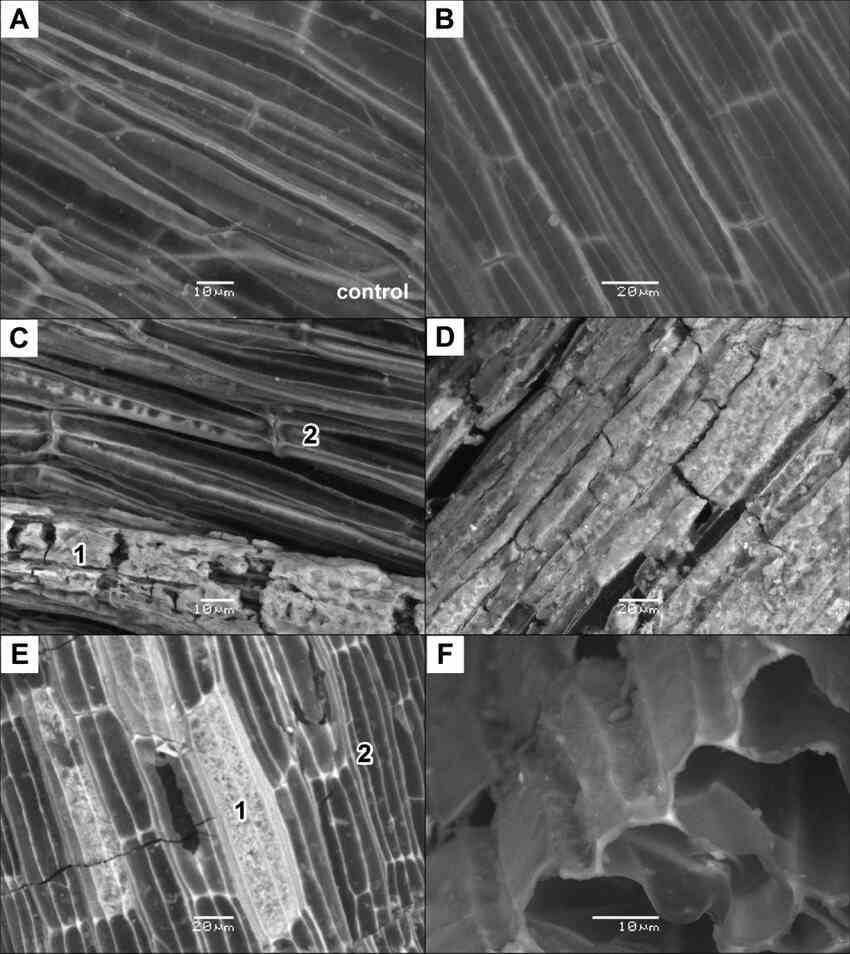
The discovery of this protective layer was a significant breakthrough in understanding why the Iron Pillar of Delhi remains rust-free. Scientists have found that this layer is only a few micrometers thick but incredibly effective in shielding the underlying iron from oxidation. Over the centuries, this layer has continuously regenerated, providing ongoing protection against rust.
Environmental factors also play a role in the pillar’s preservation. The dry climate of Delhi, coupled with the pillar’s location within the Qutub Minar complex, has limited its exposure to moisture, further reducing the risk of corrosion. Additionally, the pillar’s placement and the flow of air around it have helped maintain the integrity of the protective layer.
Why the Iron Pillar at Qutub Minar has not rusted remains a topic of ongoing research and fascination. Modern scientists continue to study the pillar, using advanced techniques such as X-ray diffraction and scanning electron microscopy to analyze its composition and structure. These studies not only deepen our understanding of ancient metallurgical practices but also offer insights into developing new materials and coatings that resist corrosion.
In conclusion, the rust-resistant properties of the Iron Pillar of Delhi are a remarkable example of ancient ingenuity. The combination of high phosphorus content, low impurities, and favorable environmental conditions has enabled this pillar to withstand the test of time. As we continue to explore the mysteries of the Iron Pillar, we gain valuable knowledge about the sophisticated techniques used by ancient metallurgists and the enduring legacy of their craftsmanship. This ancient wonder serves as a bridge between the past and the present, offering lessons that remain relevant in today’s technological world.
Scientific Studies and Modern Discoveries
In recent decades, the Iron Pillar of Delhi has attracted the attention of scientists worldwide. Its resistance to rust, remarkable composition, and historical significance have made it a subject of numerous studies. The application of modern scientific techniques has provided new insights into the mysteries surrounding this ancient marvel, shedding light on the advanced metallurgical knowledge of ancient India.
How old is the Iron Pillar of Delhi? To answer this, researchers have employed various dating methods. Radiocarbon dating of organic materials found at the site and analysis of the corrosion products have confirmed that the pillar is over 1,600 years old, dating back to around 400 CE. These findings align with historical records and inscriptions, corroborating the timeline of the Gupta Empire.
One of the most significant modern discoveries about the Iron Pillar of Delhi is the detailed understanding of its rust-resistant properties. Scientists have used X-ray diffraction (XRD) and scanning electron microscopy (SEM) to analyze the microstructure of the iron. These studies revealed that the pillar’s iron contains high levels of phosphorus, which forms a protective passive layer on the surface, preventing rust. This discovery was groundbreaking, as it offered a scientific explanation for a phenomenon that had puzzled experts for centuries.
Further investigations into the pillar’s composition have uncovered that it was made using a technique called forge welding. This process, involving the heating and hammering of iron pieces, allowed the artisans to create a massive iron structure without visible joints. The pillar’s composition is remarkably homogeneous, indicating a high level of control and expertise in ancient ironworking techniques.
The environmental conditions surrounding the Iron Pillar of Delhi have also been studied extensively. Researchers have found that the dry climate of Delhi, combined with the pillar’s sheltered location within the Qutub Minar complex, has helped preserve it. These factors, coupled with the unique composition of the iron, have prevented significant corrosion over the centuries.
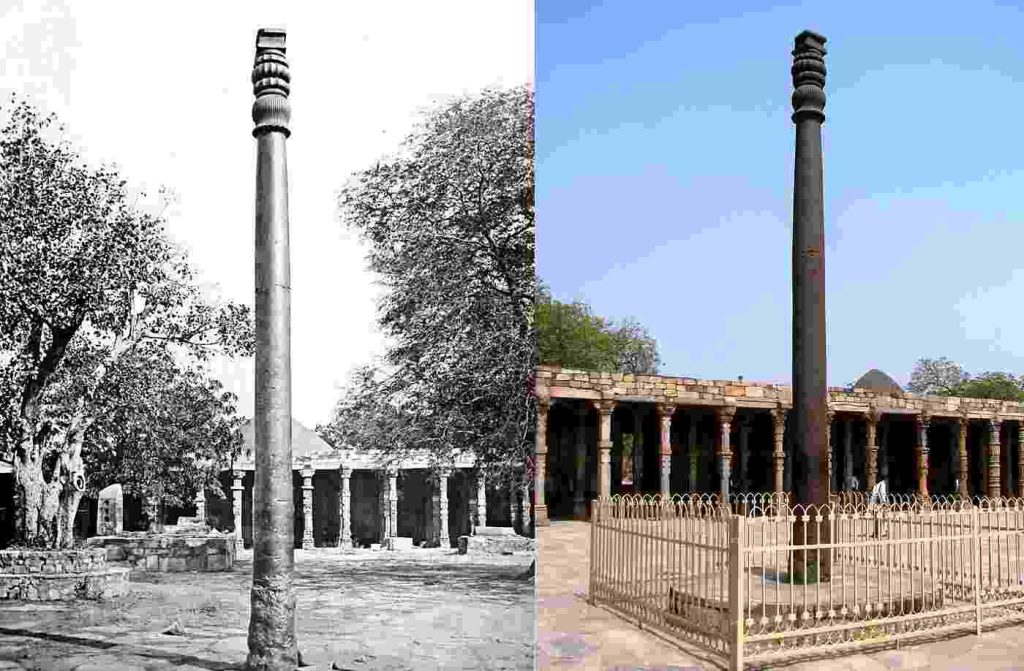
What is special about the Iron Pillar? The pillar’s enduring nature and advanced metallurgical properties highlight the sophistication of ancient Indian technology. Its resistance to corrosion has inspired modern scientists to develop new materials and coatings that mimic the pillar’s protective layer. These advancements have potential applications in various fields, from construction to aerospace, demonstrating how ancient knowledge can influence contemporary technology.
As you explore the mysteries of the Iron Pillar of Delhi, it’s fascinating to compare its technological marvels with other ancient wonders. For instance, the Dendera Temple in Egypt showcases remarkable astronomical alignments and intricate carvings that have captivated historians and archaeologists alike. Both the Iron Pillar and Dendera Temple reflect the advanced knowledge and craftsmanship of ancient civilizations, offering us glimpses into their sophisticated understanding of the world.
Additionally, the Iron Pillar of Delhi serves as a symbol of India’s rich cultural and scientific heritage. It stands as a reminder of the advanced state of metallurgy during the Gupta period and the importance of preserving historical artifacts. The pillar’s inscription, historical context, and scientific significance make it an invaluable source of knowledge for historians, archaeologists, and metallurgists alike.
In summary, modern scientific studies have not only confirmed the historical age of the Iron Pillar of Delhi but also provided a deeper understanding of its remarkable rust-resistant properties. These discoveries highlight the ingenuity of ancient Indian metallurgists and offer valuable lessons for modern science. As research continues, the Iron Pillar remains a fascinating subject, bridging the gap between ancient craftsmanship and contemporary technological advancements.
Visiting the Iron Pillar Today
Today, the Iron Pillar of Delhi stands as a remarkable relic of ancient India, drawing visitors from around the world. Situated within the Qutub Minar complex, this iron marvel is a focal point of historical and architectural interest. The site itself, a UNESCO World Heritage Site, offers a rich tapestry of history, with the Iron Pillar serving as one of its most intriguing elements.
Where is the Iron Pillar located? The Iron Pillar is located in Mehrauli, Delhi, within the courtyard of the Quwwat-ul-Islam Mosque, which is part of the larger Qutub Minar complex. This area, steeped in history, was once the heart of the Delhi Sultanate, and the pillar stands amidst other significant monuments, providing a profound sense of historical continuity.
Where can you see the Iron Pillar? Visitors to the Qutub Minar complex can easily find the Iron Pillar near the base of the Qutub Minar itself. The pillar is accessible to the public, and its location within the mosque courtyard makes it a prominent feature of the site. As you approach the pillar, you are greeted with an awe-inspiring sight—this ancient iron structure standing tall, uncorroded, and resilient, amidst the ruins of a bygone era.
What is special about the Iron Pillar? The pillar’s unassuming appearance belies its extraordinary properties and historical significance. Standing at over seven meters tall, it is not just an architectural feat but also a symbol of the advanced metallurgical knowledge of ancient India. Its resistance to rust, a subject of extensive scientific study, adds to its allure, making it a must-see for those interested in history, science, and technology.
Visiting the Iron Pillar today offers a tangible connection to the past. The inscriptions on the pillar provide insights into the Gupta Empire and its rulers, particularly King Chandragupta II. Reading these inscriptions, you are transported back to a time when this pillar was a testament to the empire’s grandeur and technological prowess.
The experience of seeing the Iron Pillar in person is enriched by the surrounding architecture and the historical ambiance of the Qutub Minar complex. The minaret, the mosque, and the other structures in the complex create a vivid backdrop that enhances the significance of the pillar. Walking through the complex, you can almost feel the layers of history unfolding, with the Iron Pillar standing as a silent witness to centuries of change.
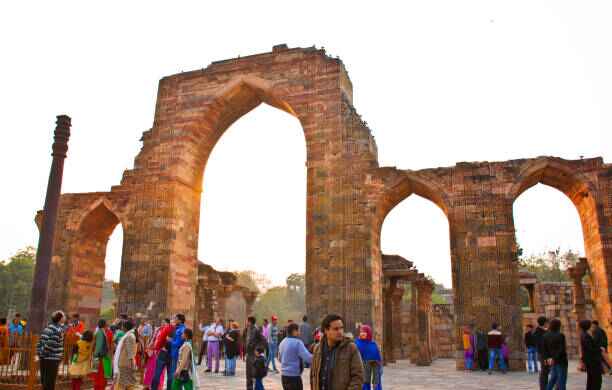
Where is the Iron Pillar? The exact coordinates might not be necessary for a casual visitor, but knowing that it resides within the Qutub Minar complex in Delhi is essential. This information not only helps in planning your visit but also situates the pillar within a broader historical context.
In conclusion, a visit to the Iron Pillar of Delhi is more than just a sightseeing trip. It is an opportunity to engage with an extraordinary piece of history that continues to inspire wonder and curiosity. Whether you are a history enthusiast, a scientist, or simply a traveler, the Iron Pillar offers a unique glimpse into the achievements of ancient India and stands as a testament to the enduring legacy of human ingenuity.
Frequently Asked Questions (FAQs)
1. Why is the Iron Pillar of Delhi not rusted?
The Iron Pillar of Delhi is not rusted due to its high phosphorus content, low sulfur and manganese levels, and the formation of a protective passive layer that prevents corrosion.
2. When was the Iron Pillar of Delhi built?
The Iron Pillar of Delhi was built around 400 CE during the reign of King Chandragupta II of the Gupta Empire.
3. How old is the Iron Pillar of Delhi?
The Iron Pillar of Delhi is over 1,600 years old, dating back to the 4th century CE.
4. Where is the Iron Pillar located?
The Iron Pillar is located in Mehrauli, Delhi, within the courtyard of the Quwwat-ul-Islam Mosque, which is part of the Qutub Minar complex.
5. What is special about the Iron Pillar of Delhi?
The Iron Pillar of Delhi is special due to its remarkable resistance to rust, its historical significance, and the advanced metallurgical techniques used in its construction during the Gupta period.
Use of Our Content
⚠️ Content on “Mystery Uncover” is protected under US and International Copyright Laws.
You are free to reuse, republish, and share our content by giving credit to the source as Mystery Uncover with a link to the original material on mysteryuncover.com.


